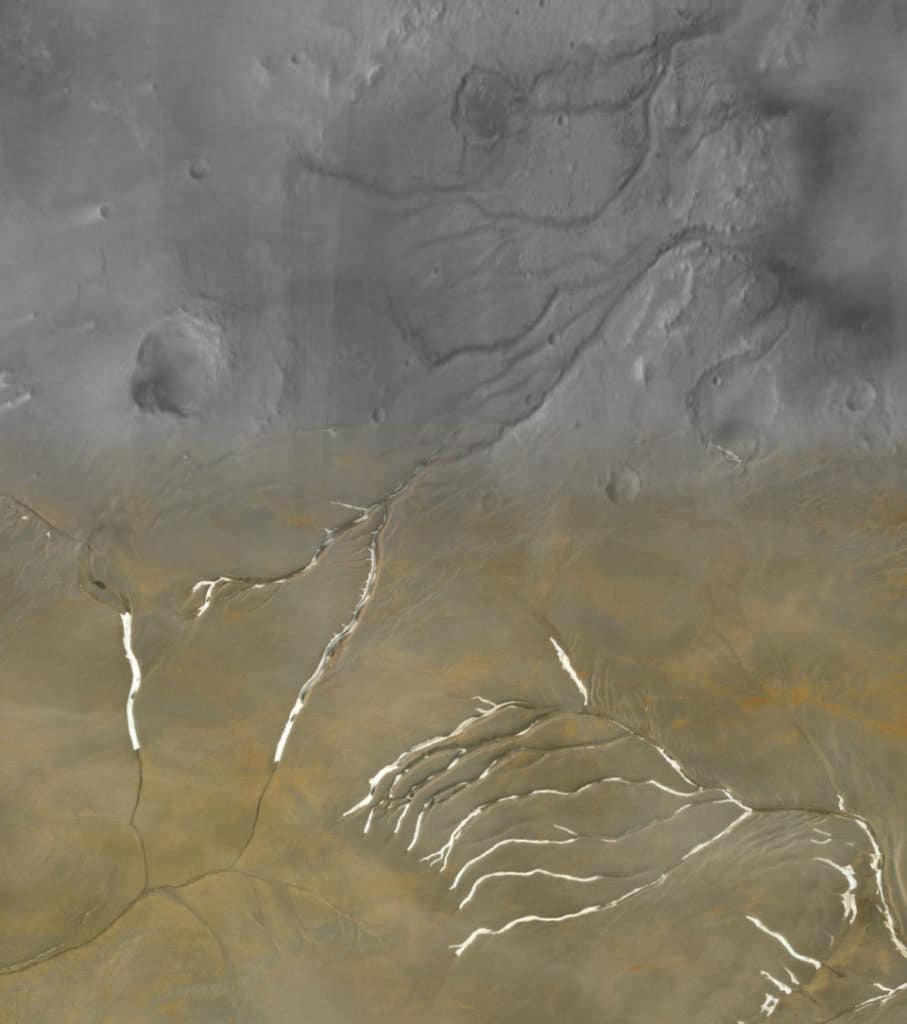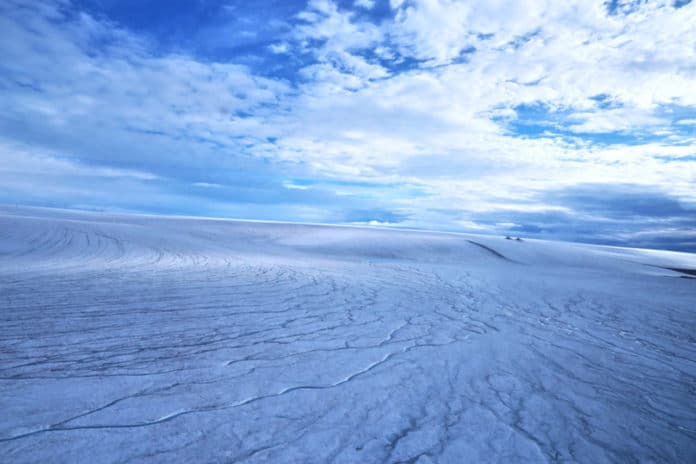Past studies have suggested that significant river runoff persisted on Mars later into its history than previously thought. And the runoff was intense—rivers on Mars were much wider. But a new study by the UBC suggests that a large number of the valley networks scarring Mars’s surface were carved by water melting beneath glacial ice, not by free-flowing rivers.
This conclusion was drawn after examining thousands of Martian valleys. Scientists developed and used new techniques to investigate thousands of Martian valleys.
After comparing the Martian valleys to the subglacial channels in the Canadian Arctic Archipelago, scientists found striking similarities among them.
Lead author Anna Grau Galofre, former Ph.D. student in the Department of Earth, ocean, and atmospheric sciences, said, “For the last 40 years, since Mars’s valleys were first discovered, the assumption was that rivers once flowed on Mars, eroding and originating all of these valleys. But there are hundreds of valleys on Mars, and they look very different from each other.”
“If you look at Earth from, a satellite you see a lot of valleys: some of them made by rivers, some made by glaciers, some made by other processes, and each type has a distinctive shape. Mars is similar, in that valleys look very different from each other, suggesting that many processes were at play to carve them.”

Co-author Gordon Osinski, a professor in Western University’s department of earth sciences and Institute for Earth and Space Exploration, said, “Devon Island is one of the best analogs we have for Mars here on Earth—it is a cold, dry, polar desert, and the glaciation is largely cold-based.”
Overall, scientists analyzed more than 10,000 Martian valleys, using a novel algorithm to infer their underlying erosion processes.
Co-author Mark Jellinek, a professor in UBC’s department of Earth, ocean and atmospheric sciences, said, “The findings demonstrate that only a fraction of valley networks match patterns typical of surface water erosion, which is in marked contrast to the conventional view. Using the geomorphology of Mars’ surface to rigorously reconstruct the character and evolution of the planet in a statistically meaningful way is, frankly, revolutionary.”
Grau Galofre, currently a SESE Exploration Postdoctoral Fellow at Arizona State University, said, “The study also helps explain how the valleys would have formed 3.8 billion years ago on a planet that is further away from the sun than Earth, during a time when the sun was less intense.”
“Climate modeling predicts that Mars’ ancient climate was much cooler during the time of valley network formation. We tried to put everything together and bring up a hypothesis that hadn’t been considered: that channels and valleys networks can form under ice sheets, as part of the drainage system that forms naturally under an ice sheet when there’s water accumulated at the base.”
These environments would also support better survival conditions for possible ancient life on Mars. A sheet of ice would lend more protection and stability of underlying water, as well as providing shelter from solar radiation in the absence of a magnetic field—something Mars once had, but which disappeared billions of years ago.
Although this study mainly focused on Mars, the analytical tool developed for this work can be applied to uncover more about the early history of our planet.
The new algorithms are further expected to be used in these new algorithms to analyze and explore erosion features leftover from very early Earth history.
Jellinek said, “Currently, we can reconstruct rigorously the history of global glaciation on Earth going back about a million to five million years. Anna’s work will enable us to explore the advance and retreat of ice sheets back to at least 35 million years ago—to the beginnings of Antarctica, or earlier—back in time well before the age of our oldest ice cores. These are very elegant analytical tools.”
Journal Reference:
- Valley formation on early Mars by subglacial and fluvial erosion, Nature Geoscience (2020). DOI: 10.1038/s41561-020-0618-x
